Ready to conquer the world of trigonometry? This comprehensive guide provides proven strategies and memory tricks to help you master trigonometric identities, from the fundamental Pythagorean identity to the more complex half-angle formulas. Download our free printable PDF cheat sheet and embark on your journey to becoming a trigonometry pro!
Essential Trig Identities: Your Toolkit for Success
Navigating the world of trigonometry can feel like traversing a dense jungle of sines, cosines, and tangents. But with the right tools, you can easily find your way. Trigonometric identities are your compass and map, providing the means to simplify expressions, solve equations, and prove theorems. This guide isn’t just about memorization—it’s about understanding the fundamental relationships between these functions. Let’s explore this essential toolkit together.
Foundational Identities: The Building Blocks
These core identities are the bedrock of trigonometry, forming the basis for many other formulas. Understanding them is crucial for success.
- Pythagorean Identities: Derived from the Pythagorean theorem (a² + b² = c²), these identities describe the fundamental relationships between sine, cosine, and their reciprocals.
- sin²θ + cos²θ = 1
- 1 + tan²θ = sec²θ
- 1 + cot²θ = csc²θ
- Reciprocal Identities: These identities define the relationships between each trigonometric function and its reciprocal.
- cscθ = 1/sinθ
- secθ = 1/cosθ
- cotθ = 1/tanθ
- Quotient Identities: These identities show that tangent and cotangent are ratios of sine and cosine.
- tanθ = sinθ/cosθ
- cotθ = cosθ/sinθ
Co-function and Angle-Related Identities
These identities deal with complementary and multiple angles, providing crucial links between different trigonometric functions.
- Co-function Identities: These suggest relationships between trigonometric functions of complementary angles (angles that add up to 90 degrees or π/2 radians).
- sin(π/2 – θ) = cosθ
- cos(π/2 – θ) = sinθ
- tan(π/2 – θ) = cotθ
- Double Angle Identities: These formulas express the trigonometric functions of 2θ in terms of the trigonometric functions of θ.
- sin(2θ) = 2sinθcosθ
- cos(2θ) = cos²θ – sin²θ = 2cos²θ – 1 = 1 – 2sin²θ
- tan(2θ) = (2tanθ) / (1 – tan²θ)
- Half Angle Identities: These formulas, in a sense, reverse the double angle identities, expressing trig functions of θ/2 in terms of trig functions of θ.
- sin(θ/2) = ±√[(1 – cosθ)/2]
- cos(θ/2) = ±√[(1 + cosθ)/2]
- tan(θ/2) = (1 – cosθ)/sinθ = sinθ/(1 + cosθ)
- Sum and Difference Identities: These formulas help you find the trig functions of the sum or difference of two angles.
- sin(α ± β) = sinαcosβ ± cosαsinβ
- cos(α ± β) = cosαcosβ ∓ sinαsinβ
- tan(α ± β) = (tanα ± tanβ) / (1 ∓ tanαtanβ)
Mastering Trig Identities: Proven Strategies
Memorizing a long list of formulas can be daunting. This section outlines strategies to make the process more manageable and effective.
Understanding Over Memorization
Don’t just memorize—seek to understand. How are these identities derived? What geometric principles underpin them? For instance, many identities stem from the Pythagorean theorem or the unit circle. To delve into the complexities of calculating angles and triangles, explore our comprehensive cheat sheet on trigonometry.
Visual Aids: Your Trig Compass
Visualize using diagrams. The unit circle is invaluable, providing a visual representation of sine, cosine, and tangent. Sketching triangles and angles helps clarify relationships.
Euler’s Formula: A Powerful Tool
Euler’s formula (e^(ix) = cos(x) + i*sin(x)) connects seemingly disparate areas of mathematics. It can even help derive some trigonometric identities, reducing the need for rote memorization.
Organize and Categorize
Group identities into families (Pythagorean, double-angle, etc.). This structured approach facilitates recall and application.
Practice Makes Perfect
Apply the identities in various contexts. Work through examples, solve equations, and simplify expressions. Regular practice solidifies understanding and builds fluency.
Mnemonics: Helpful Reminders
Mnemonics can be useful memory aids, particularly for identities that prove difficult to remember. However, they should supplement, not replace, understanding.
Applying Your Knowledge: Practical Uses of Trig Identities
Trig identities are not merely abstract formulas; they have real-world applications. They are essential for:
- Solving Trigonometric Equations: Identities transform complex equations into simpler, solvable forms.
- Verifying Trigonometric Proofs: Like solving puzzles, proofs require manipulating expressions to achieve a specific goal. Identities are your key pieces.
- Simplifying Trigonometric Expressions: Identities help condense complex expressions into more manageable forms.
Remembering Trig Values: Tips and Tricks
Remembering specific trigonometric values can also be challenging. Here’s how to make it easier:
The Unit Circle: Your Visual Guide
The unit circle is a powerful tool. Its x and y coordinates correspond to cosine and sine values, respectively.
Special Angles: The VIPs of Trigonometry
Focus on memorizing the sine, cosine, and tangent values for 0°, 30°, 45°, 60°, and 90°. These are frequently encountered and serve as reference points.
SOHCAHTOA: A Classic Mnemonic
SOHCAHTOA (Sine=Opposite/Hypotenuse, Cosine=Adjacent/Hypotenuse, Tangent=Opposite/Adjacent) relates trig ratios to right triangle sides. Dive into the fascinating world of words and uncover the secrets of context clues.
Hand Tricks and Visual Mnemonics
Explore hand tricks and create visual associations to aid recall. The more personalized and engaging, the better.
Practice and Application: The Key to Mastery
Regular practice, quizzes, and problem-solving reinforce memory and build fluency.
Beyond Memorization: The Bigger Picture
Trigonometric identities represent real relationships with applications in physics, engineering, and music. Current research continues to explore these connections, suggesting that our understanding may further evolve.
This guide has equipped you with powerful tools and strategies to conquer trigonometric identities. Remember, consistent practice and a focus on understanding, not just memorization, will lead to lasting mastery. Embrace the challenge, and enjoy the journey of exploring the fascinating world of trigonometry!
- Discover Words That Start With Co: 15,000+ Found in This Deep Dive - April 4, 2025
- Ultimate Guide to Words Starting With GO: Comprehensive List - April 4, 2025
- Master words that start with o to describe someone: A complete guide - April 4, 2025
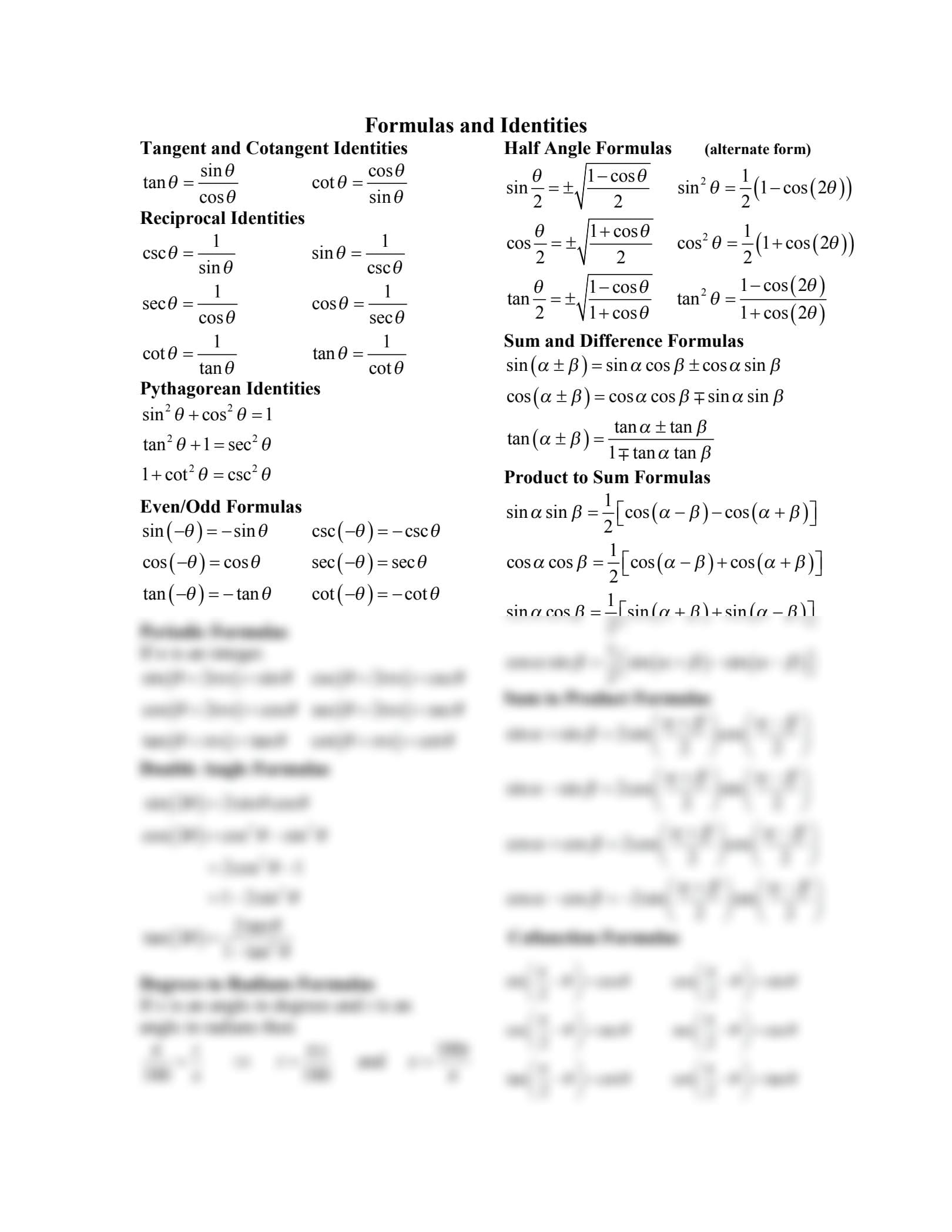
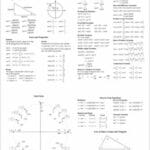
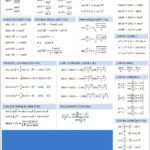
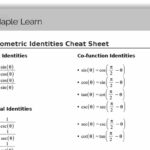
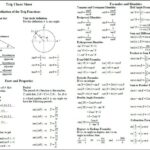
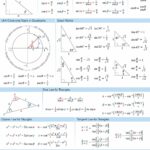
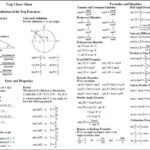










1 thought on “The Ultimate Trigonometry Identities Cheat Sheet (Free Printable PDF)”
Comments are closed.